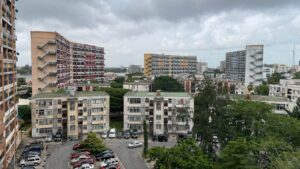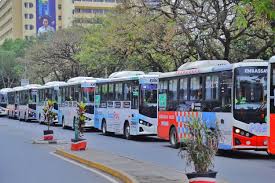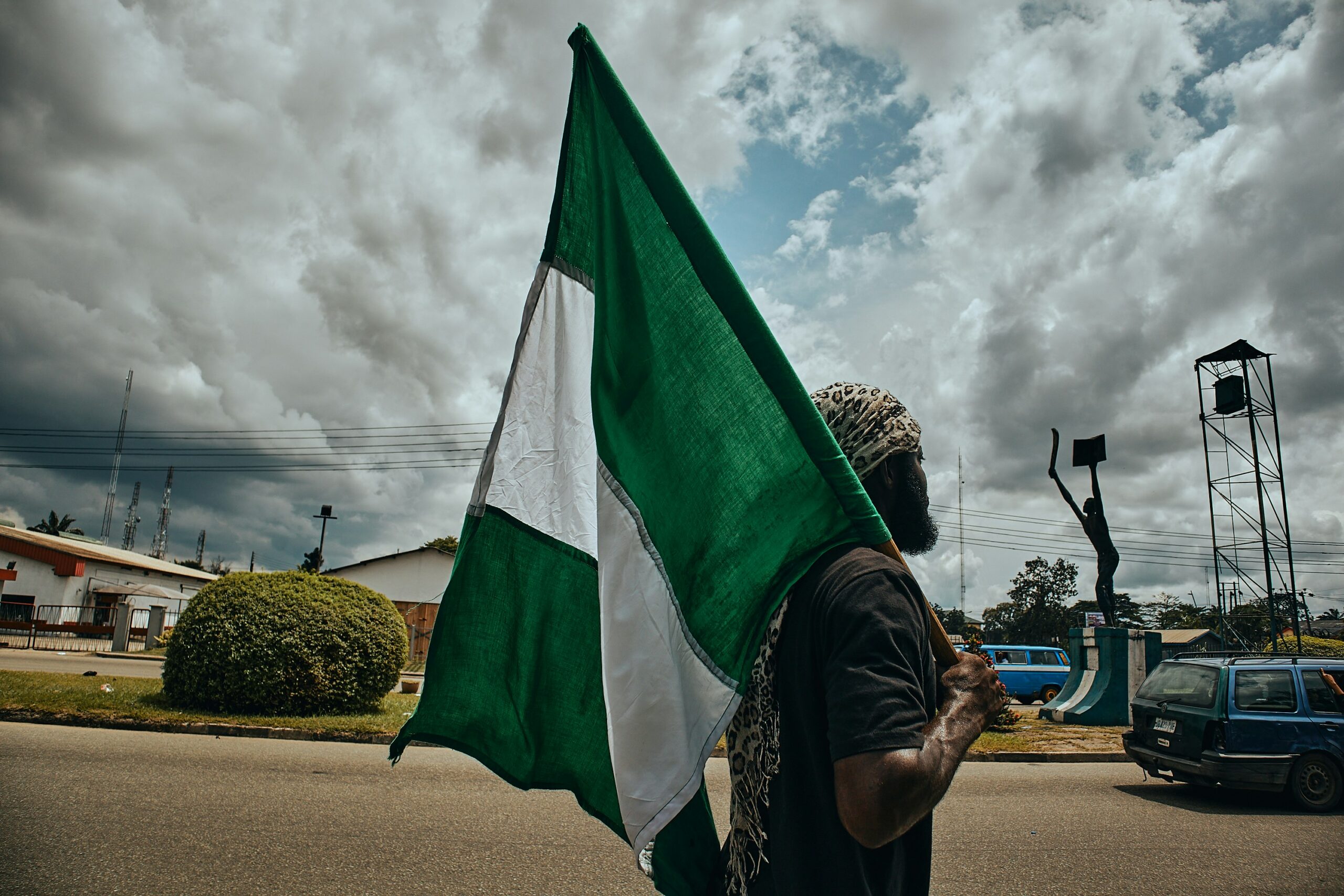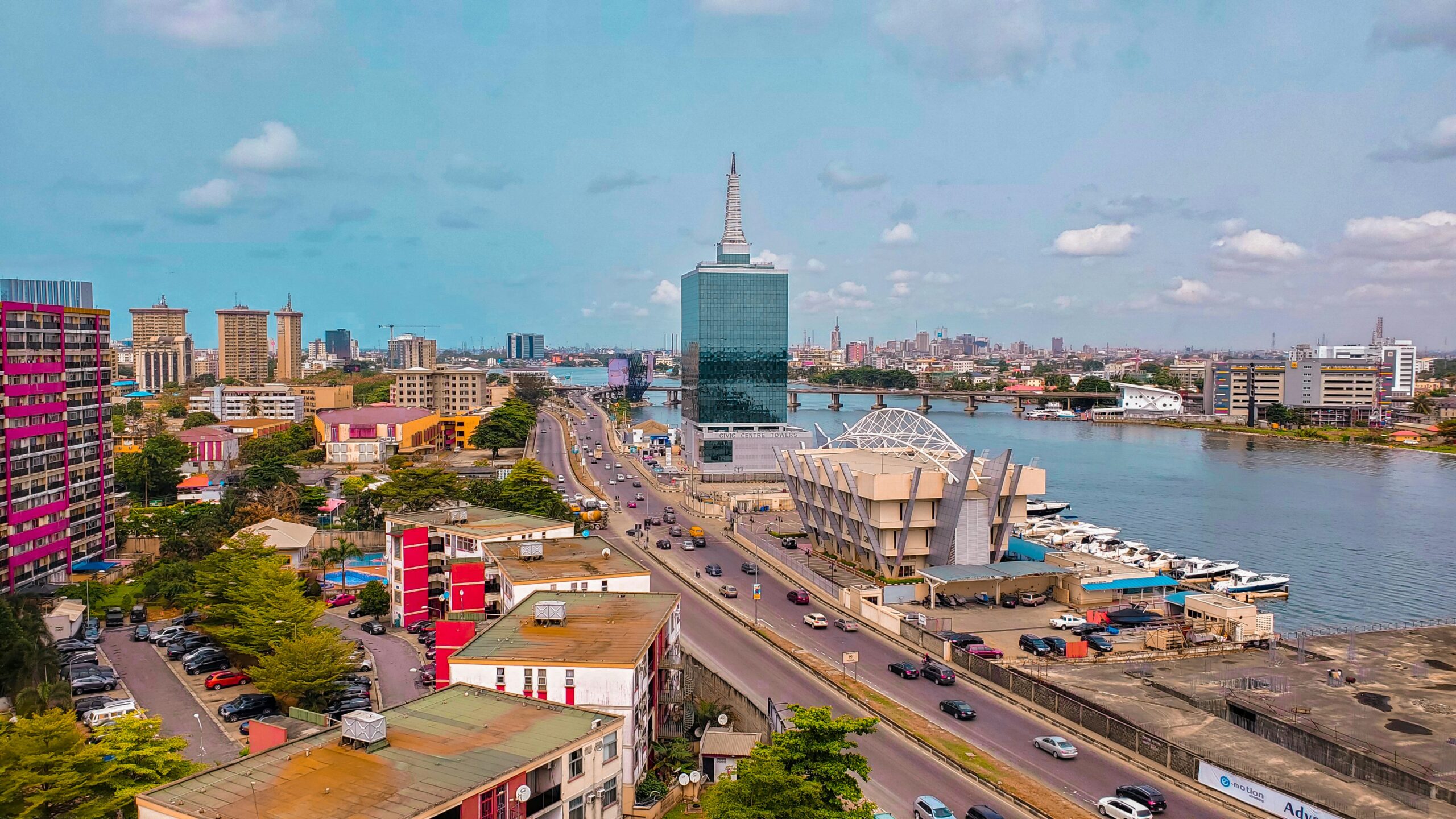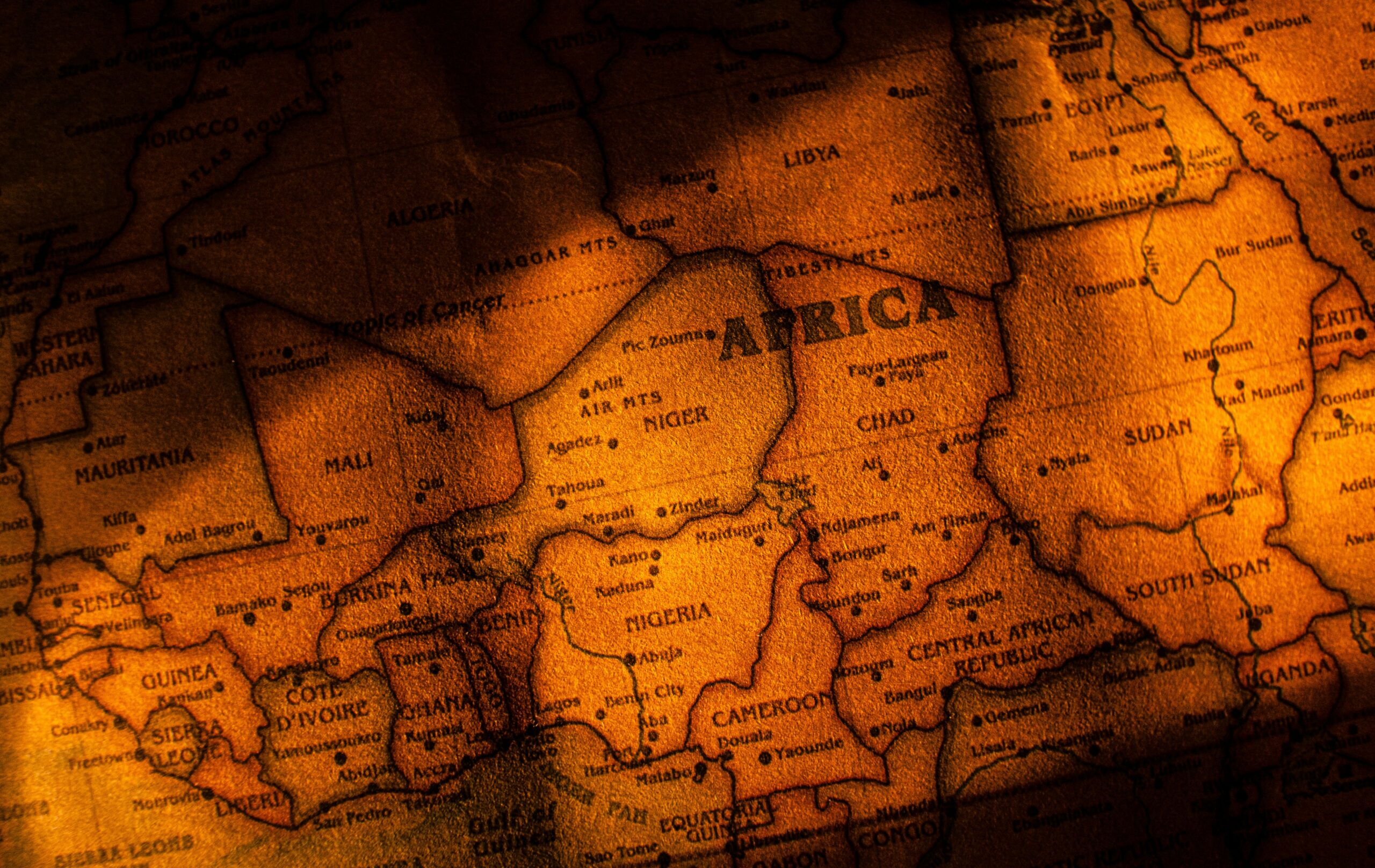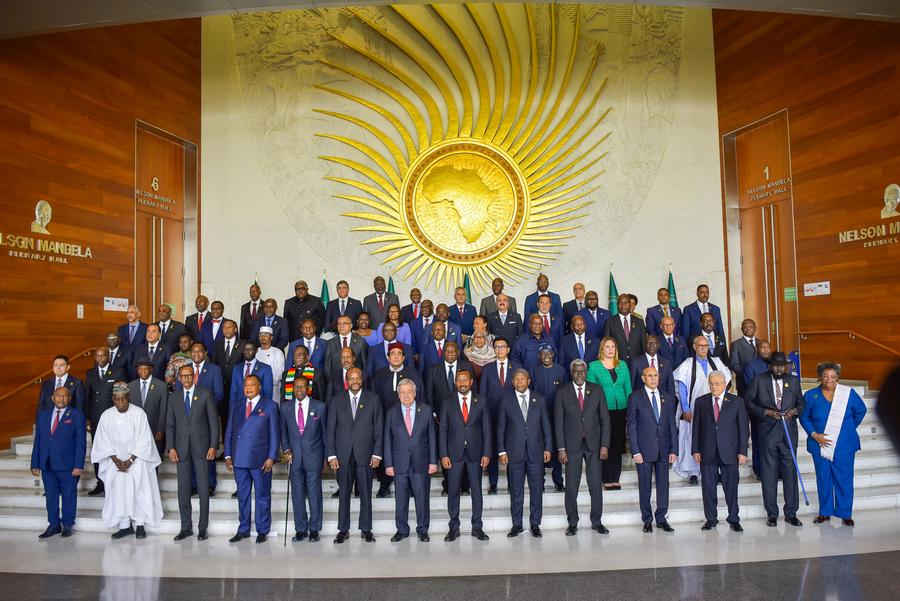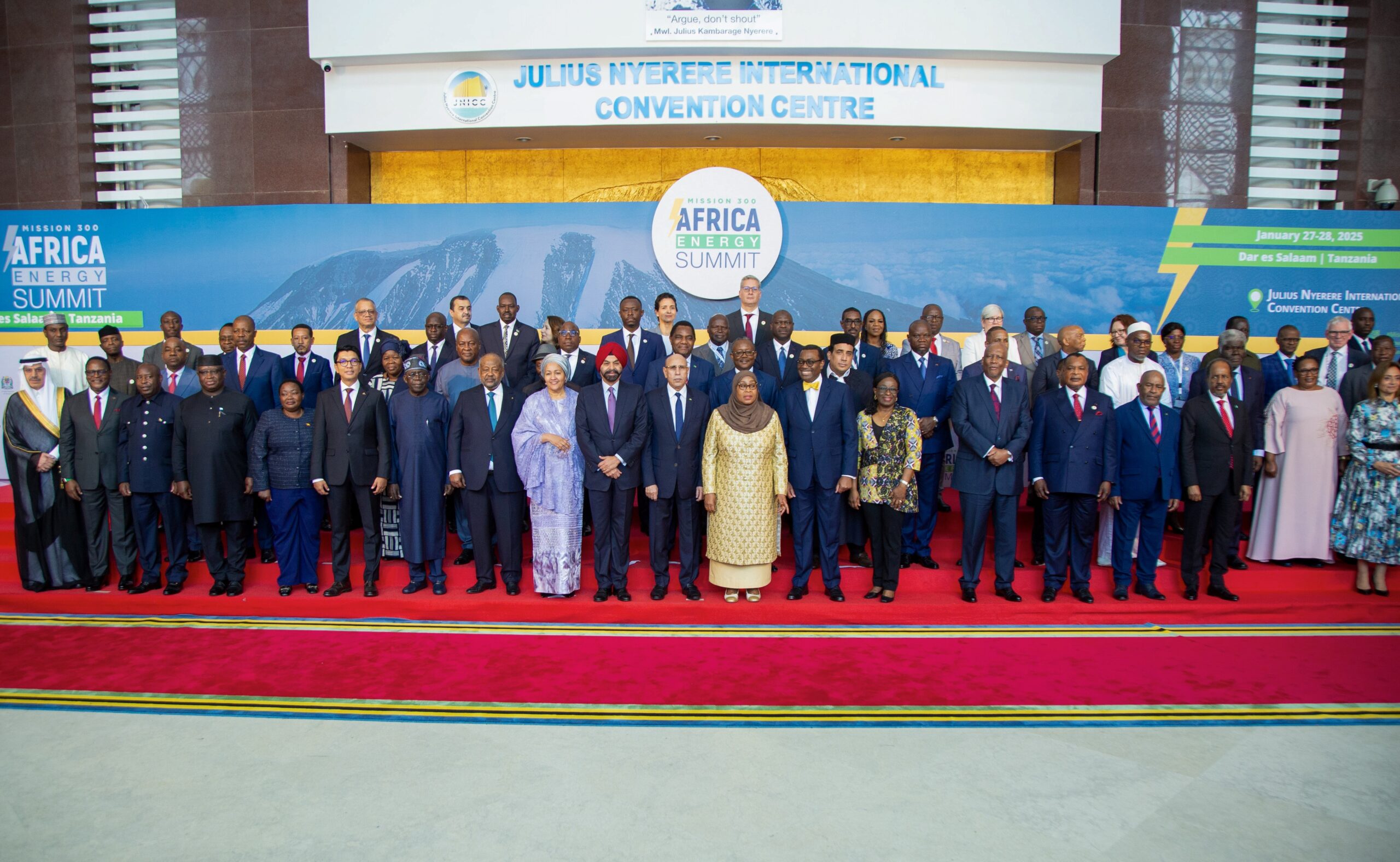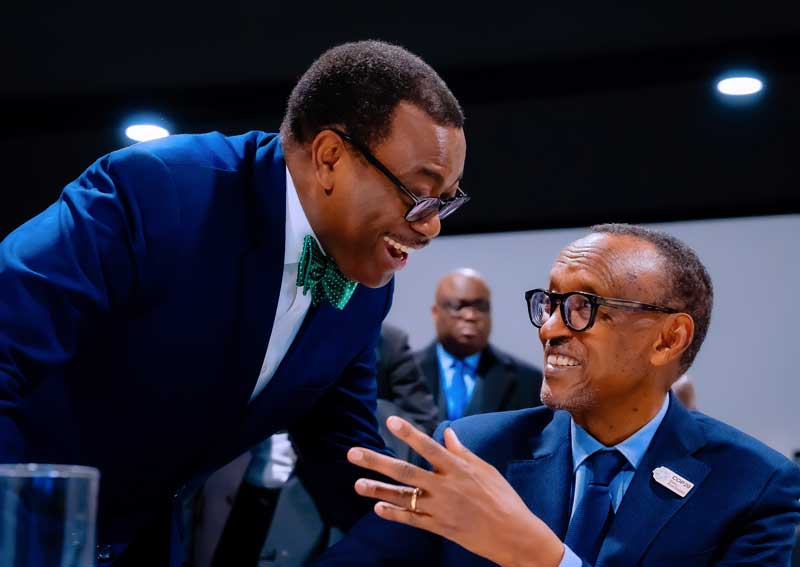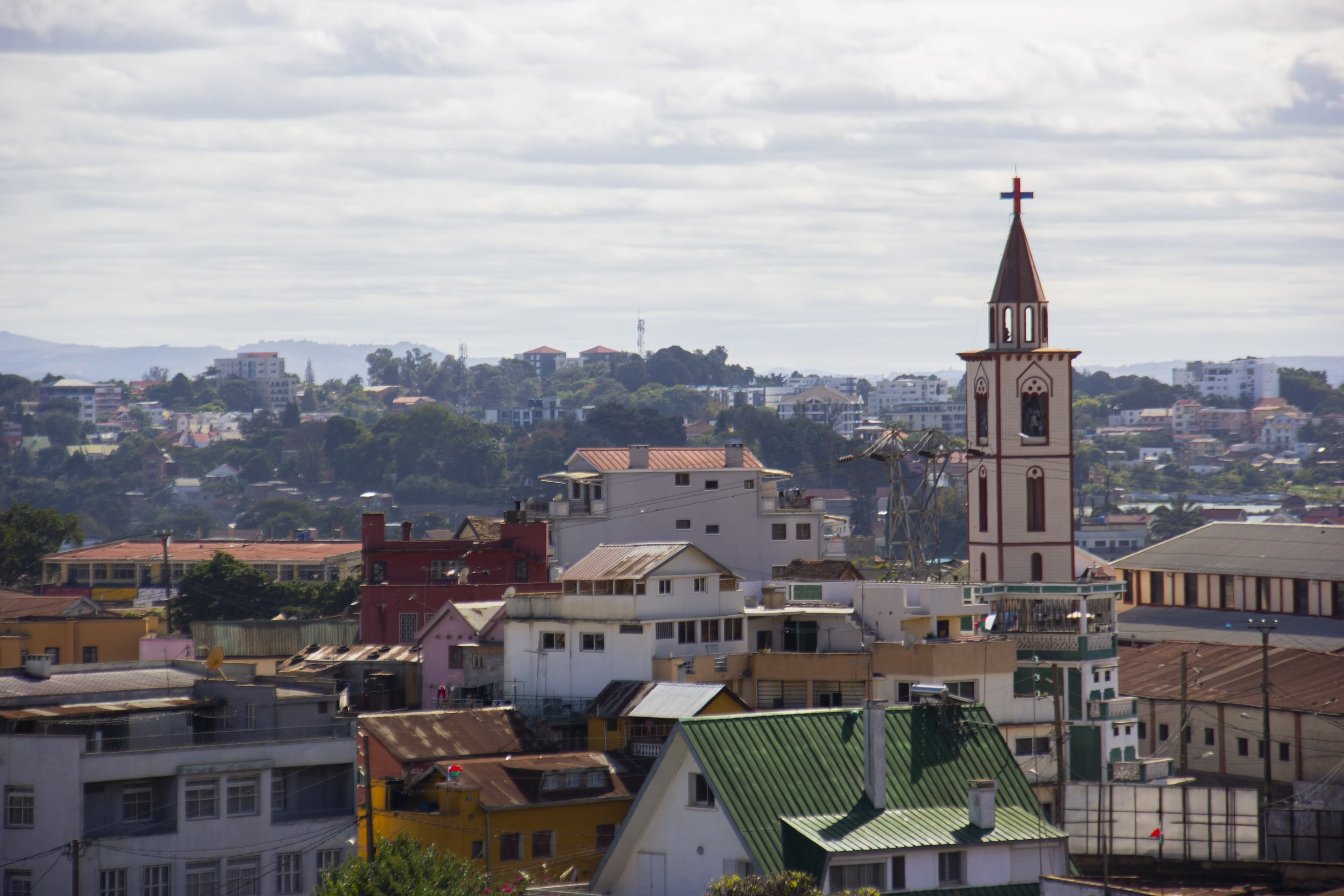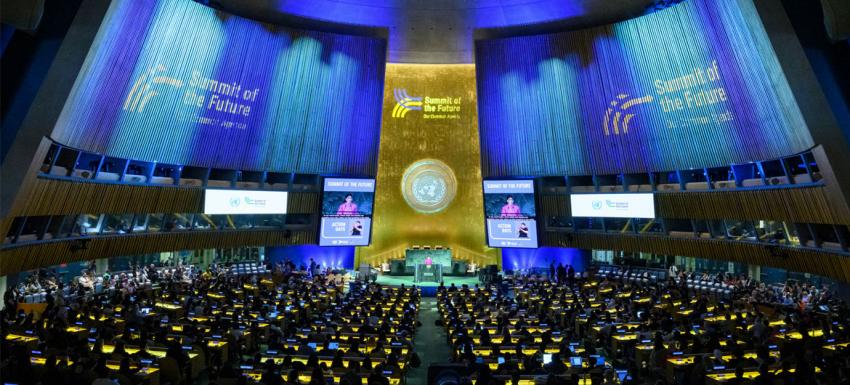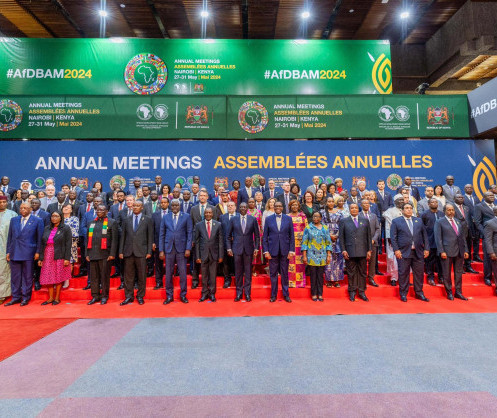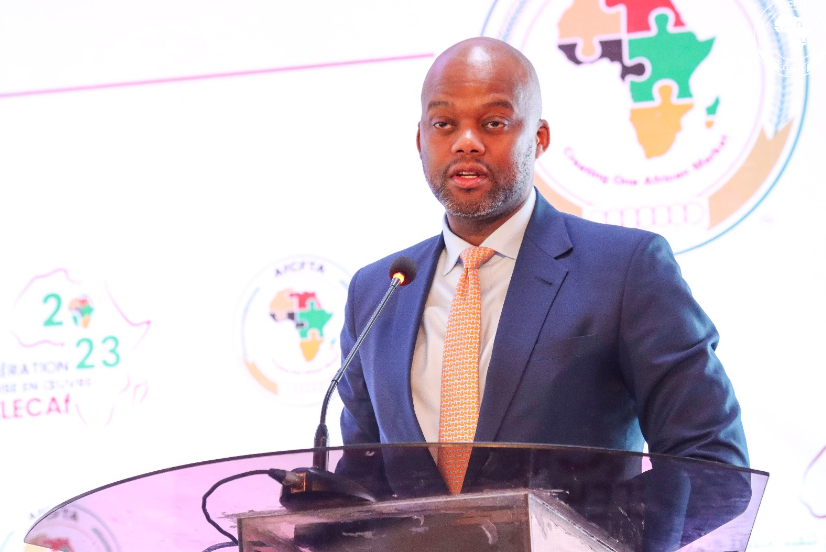Climate finance has mostly focused on mitigation measures – new investments that will keep the world below 1.5 degrees of warming. But as extreme weather events devastate countries and regions ever more frequently, there must be an equal focus on adaptation and resilience in dealing with the climate crisis that is unfolding and getting worse.
The African Development Bank estimates that the continent’s infrastructure financing gap is about $100 billion a year, so climate focused projects must be well targeted and sustainable. Given the pressing needs and limited government resources, the private sector must therefore play a role. Africa50, whose mandate is to leverage its capital and expertise to crowd-in private sector investment is responding through developing bankable climate friendly infrastructure projects and investing in renewable energy projects including solar and hydropower plants, as well as in other sectors such as technology, transport, and logistics. Africa50 has also been advocating for a just energy transition in Africa, which should vary in speed and depth guided by a country’s available resources and capabilities.
Adapting existing infrastructure and building resilience to climate events is part of the solution, and for this Africa may have a comparative advantage. With less legacy infrastructure than most regions, African countries can indeed pioneer a new and greener model of development. Indeed, Africa can lead the charge in adopting a lower-carbon economic development model, using new technologies and building the right climate-friendly infrastructure. While other regions powered their economies through highly polluting energies and now must decarbonize, Africa, who’s contribution to climate change has been minimal, now has an opportunity to demonstrate a more sustainable path.
Africa can hopefully once again leapfrog antiquated infrastructure, as it did so effectively with mobile telephony and banking. Just as you don’t need cables to deliver internet to the home anymore, you may also no longer need a grid connection to operate your appliances. Moreover, cutting-edge technologies can now monitor and improve the efficiency of all infrastructure.
Many investors regard adaptation and resilience as just another layer of cost but I prefer to see it as an opportunity to tap into new pools of capital. For example, using blended finance models, where concessional funds (including donor and DFI) are leveraged to mobilise commercial capital in order to deliver climate-resilient infrastructure. And as the paradigm shifts, climate change can become a catalyst for delivering sustainable long-term growth and creating new jobs.
The pools of capital for climate finance are limited and with extreme weather patterns and damage to existing infrastructure, we need more capital – and quickly. The question is where will it come from? Too often, we have turned only to DFIs and donor governments on a bilateral basis. This narrative must change. We need to also tap into our domestic financial resources.
African institutional investors, for example, hold approximately $2 trillion under management so, the question is, “how can African pension and sovereign wealth funds contribute to financing important climate-resilient infrastructure?” Their investing in African infrastructure would be a great signal to the rest of the world that there are good returns in Africa commensurate with the risks. How can African governments expect to attract foreign direct investment when their own institutions are not necessarily aggressively investing?
In the battle against the climate emergency, everyone needs to step up, and that includes institutional investors across the continent as well as their counterparts globally.
Indeed, Africa is responsible for only a tiny fraction of global emissions, and therefore the Global North should have a moral obligation to support it with climate finance. But how long are we going to wait for outsiders to fill that gap and to make the necessary financial commitments? We have been waiting for years, with new and often unfulfilled promises made at every COP. Let’s make the upcoming COP27 on our own continent different, by coming together and proving that we can leverage our own resources.
That is why the Alliance for Green Infrastructure in Africa (AGIA), an initiative created by the African Development Bank and the African Union Commission in partnership with Africa50 and Global Development Finance Institutions such as European Investment Bank, EBRD and donors such as Rockefeller, is a critical initiative. It seeks to catalyze bankable, greener infrastructure projects at scale and speed, by raising up to $500 million of early-stage project development and project preparation capital. This could leverage up to $10 billion in investment opportunities, supporting our continent’s transition to net zero.
While we keep looking for capital to fund climate mitigation and adaptation, every year our people are suffering more and more from the effects of climate change. The situation is urgent, and we must take action now by tapping into both domestic and global resources.
Tshepidi Moremong is Chief Operating Officer at Africa50.
This article was originally published on The African Climate Conversation platform hosted by British International Investment, the UK’s development finance institution – a global leader in providing climate finance to African nations. The platform can be found at www.bii.co.uk/african-climate-conversation.




